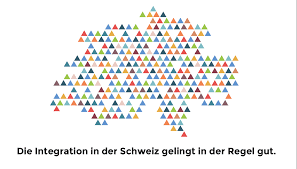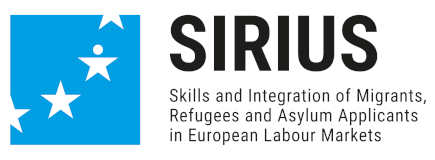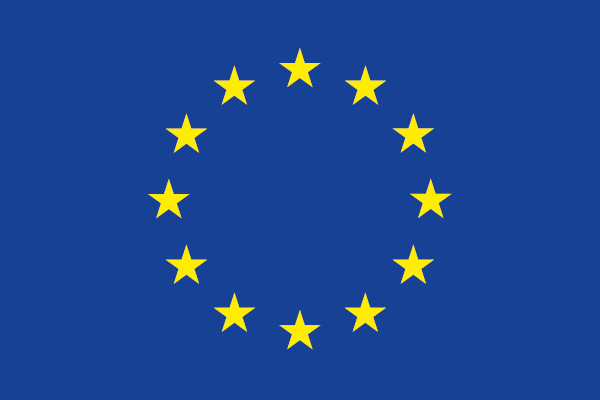|
The collection of best practices related to policymaking in the integration of migrants, refugees and asylum seekers is based on the research undergone by the SIRIUS project partners for Work Package 3.
The aim is to ensure that this remains a living community in which stakeholders can make each other aware of innovative policymaking solutions that can be adapted to various contexts to ensure a successful integration of newcomers on European labour markets. Keenly aware of the contextual differences, the SIRIUS project partners urge stakeholders to always consider the specificity of their situation before resorting to implementing any of the tried and tested practices from below.
|
|
1. Cantonal Integration Programmes (PIC)
This common strategy from the Confederation and the Cantons to promote integration of the foreign population provides services on information and counselling, education and employment and social integration.
The cantons enjoy a high degree of autonomy in developing and implementing their integration policies, which allows them, in cooperation with their towns and communes, to tailor their integration support efforts more closely to the needs on the ground. Each canton established its own Cantonal Integration Program (CIP) for the 2014-2017 period. There is now the CIP II 2018-2021 programme, whose purpose is to strengthen the existing measures, reduce disparities between cantons, and to fill gaps.
|
 |
|
 |
2. General Hospice
This institution implements the social policy in the Canton of Geneva and is in charge of the migrants from the asylum procedure including asylum seekers, refugees and temporarily admitted persons. The General Hospice is therefore in charge of developing and implementing integration measures for refugees (during the five first years in the canton) and temporarily admitted persons (during the seven first years in the canton).
This duty is realised under the Migrant Support Scheme (AMIG). The AMIG scheme provides amongst other things basic training for migrants coming from the asylum framework, language courses pre-training services, professional training, and socio-professional integration activities, among others. Ensuring a comprehensive institutional architecture for managing the various integration services ensures a better implementation of these while also a comprehensive approach a country, even in the case of Switzerland, which has increased local autonomy.
|
|
|
3. Taping Potential project
The pilot project was implemented between 2013 and 2018, by the Confederation, with the aim of facilitating the professional integration of qualified refugees and temporarily admitted persons. The pilot project aimed to improve the conditions of access to the labour market for these specific groups of migrants through the individual support of a sample of 56 refugees and temporarily admitted persons.
The data collected in the project supported policy-making in the recognition of qualifications, and represents an apt example of how the skills of newcomers can be valorised while they are supported in reaching their dreams in the new country they join.
|
 |
|
| |
|
|






